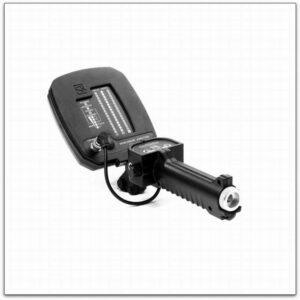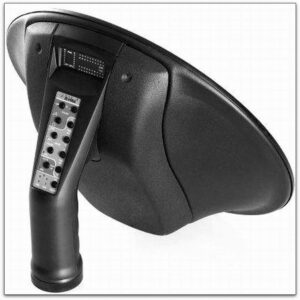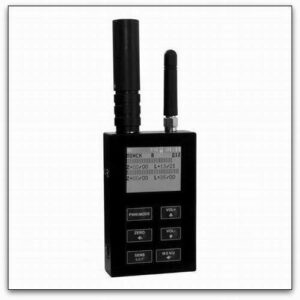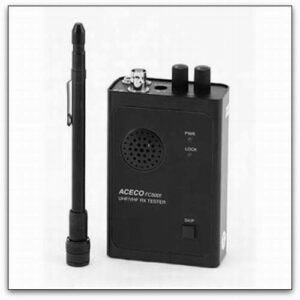Opis
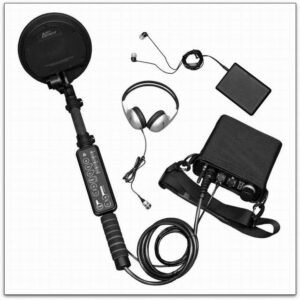
Detector is intended for searching concealed electronics like radio-mikes, Remote Controlled Improvised Explosive Device (RC IED) executive units that contain semi-conductor elements, audio-video recording devices as well as cellular phones and their SIM cards. Detector can detect typical targets in every operational mode: active, stand-by or even switched-off. Detector ensures an effective targets searching and their reliable localization in light building structures (walls, floor, ceiling), furniture and various home appliances. Detector provides its operator with an opportunity to discriminate between industrial electronic elements that are the basic parts of legal appliances as well as eavesdropping devices (‘bugs’) and metal-to-metal contacts, so called ‘corrosion diodes’.
Technical characteristics:
Output pulse duration in Search mode: 0,9…1,1ms, with 100±5ms period
Transmitter pulse output power in Search mode: 3…6W
Transmitter output power in ‘20K’ mode: 3…6W
Receiver channels sensitivity under 10dB s/n ratio: Up to minus 120dBm
Receiver input signal attenuation: 3 steps
Received signal indication:
– visual: LED display
– audio: Wired or wireless headphones
Continuous operation time in ‘Search’ mode with 2 sets of rechargeable cells: Not less 8h
Detector in a ready for operation mode: 2,7 ±0,3kg
Complete set in standard packing: 5,6 ±0,5kg
Non Linear Junction Detectors:
In 1970s Americans detected wires in the concrete columns of the American Embassy in Moscow. The bugs were installed during the construction of the building, and there was no other way to extract them except for complete destruction of the building. One shouldn’t neglect the importance of correct frequency tuning of NLJD equipment for different types of search environment (for instance, concrete walls). Bugs or wires (as covert listening devices are commonly called) can be set up deep in concrete columns and they still will be transmitting signals. Non-linear junction detectors (NLJD) are devices designed for search and detection of different types of covert listening devices, various electronic appliances and transmitters comprising of semiconductors. The principle of NLJD equipment operation is based on emission of high radio frequency energy in an area. Detectors have a sensitive receiver designated for reception of objects’ echo signals which, for operator’s convenience, are marked down with sound or displayed on graphical user’s interface. Depending on the model, non-linear junction detectors are capable of detecting almost any electronic appliance in any operational mode: active, stand-by, switch-off. The designation of such devices consists in detection of radio microphones, microphone amplifiers, dictophones in premises (walls, floors, ceilings, furniture, etc.). Non-linear junction detectors acquired a reputation as perfect means of counter-espionage, as embassies and other diplomatic posts are known to be most popular targets for eavesdropping equipment. Specific models of NLJD are used by the police in search for weapons during events involving great masses of people. Detectors are used for providing location secure from covert listening devices in different organizations. Non-linear junction detectors can serve multiple purposes and have a wide range of implementation, starting from ground detectors up to equipment used for detection of mobile phones. Wide range of NLJD is presupposed by the type of material or surface for search operations – ground detectors are preferable for object detection in soil, portable detectors tuned to appropriate frequency are better in search within wooden furniture. Non-linear junction detectors have a very peculiar designation, therefore their usage is conditioned by goals set by customers. Taking into account great variety of NLJD equipment there is a specific model for any purpose you may require. Current NLJD products line include models for various applications.
Why Non Linear Junction Detectors?
NLJD technology has proven to be most effective in detection of semiconductors containing multiple layers of silicon, a P-Type and an N-Type. The point where they meet is called a Non Linear Junction.Non Linear Junction also appears in nature: dissimilar metals in contact with one another; the rust on metals resulting from corrosion.


